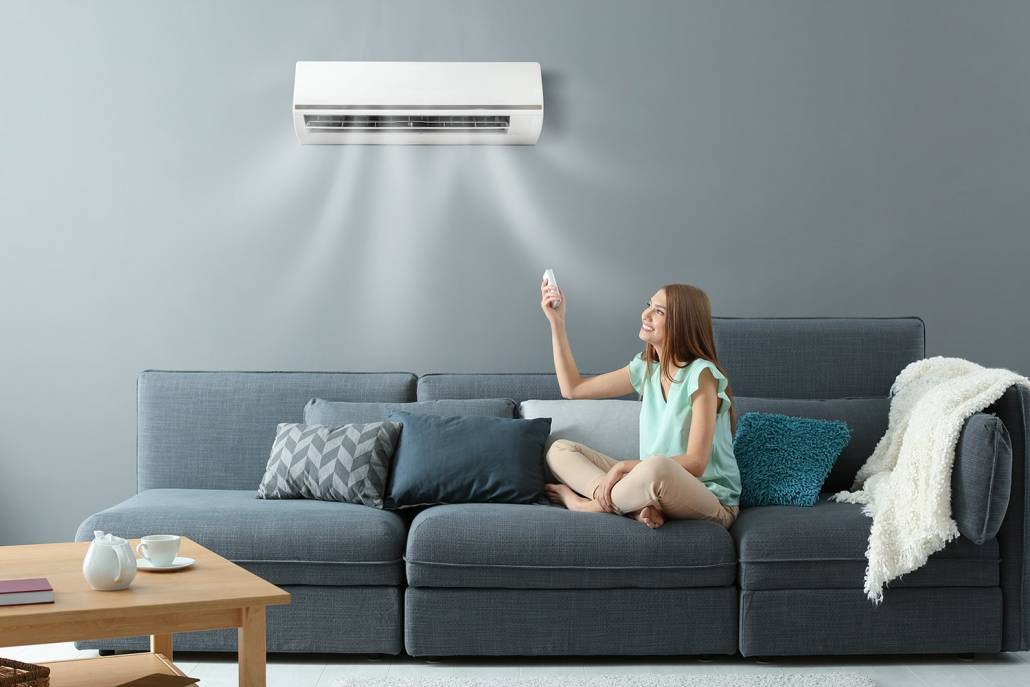
Can you imagine life without air conditioning? Sweltering heat waves that can melt the rubber on your shoes, prepare an egg on the dashboard of your automobile, and make it almost difficult to have an excellent night's rest-- sounds miserable!
Let's face it, life without A/C would not be the same. Did you know, that prior to the 20th century, ice was really collected for refrigeration? It was cut into 1-ton blocks, provided throughout the nation and utilized in 'ice-boxes' to keep food fresh. The good news is today, refrigeration has been drastically improved given that its introduction in 1834.
By knowing how your house's A/C system works, you'll have the ability to make it run much better and longer, and if it must break during the pet dog days of summer, more positive discovering a replacement.
What is Central Air Conditioning?
Given that the 1960s, central air conditioning systems have been the most typical design of cooling in America.
Finest characterized by the condenser system outside and ducts bring cool air throughout the home, a central air conditioning is in some cases referred to as a "split-system" since the indoor and outdoor elements are separated.
How It Functions
Similar to how a sponge soaks up water, central air conditioning conditioners absorb the heat from inside the house and eject it outside through a procedure called "the refrigeration cycle."
It's easy to understand how an ac system works once you see how the parts run together.
Parts of an Air Conditioning System
Split into 2 parts; a system will include an outdoor condenser system (below) and a coil housed on top of the furnace or inside air handler. The outdoor condenser, which does many of the work, runs in tandem with the air handler/furnace that distributes the conditioned air into rooms of your house.
The Refrigeration Cycle
The cooling process starts when the thermostat finds the interior temperature has actually risen above the setpoint. It signals the control board in the air handler and enters into action.
1) The internal blower attracts the hot, wet indoor air from the return ducts into the air conditioning contractor | ac-repair-mississauga.ca air handler/furnace cabinet to be conditioned.
2) Unclean air getting in the cabinet first travels through an air filter that traps dirt and debris.
3) The clean air then goes through the evaporator coil. Using metal fins to increase its area, the evaporator coil extracts heat and moisture from the warm air as the air travels through it. The clean, cool air is flowed throughout the home.
4) A pair of copper tubes including refrigerant, called a Line Set, connect the indoor coil with the outdoor condenser.
5) The condenser dissipates the heat caught inside the line coming from the evaporator coil by biking it through its coils where a fan on top presses air to accelerate the process. The refrigerant is then compressed and travels back to the indoor evaporator coil, where the cooling process continues.
A/C Cheat Sheet
It's a good idea to acquaint yourself with the technical language used by A/C professionals to understand your system when it concerns making repair work or purchasing a brand-new unit.
A/C - Means heating, ventilation, and air conditioning. This acronym is used to classify https://ac-repair-mississauga.ca/7-tips-for-reducing-your-cooling-costs/ all equipment utilized to manage air temperature level, humidity, and air quality.
Split-System - In referral to parts of the system running both indoors and outdoors. In a split system, the condensing system is found outside.
BTU - British Thermal Systems - a measurement of just how much heat can be eliminated from the air in an hour.
Ton - A measurement that refers to the cooling capacity your system can supply under normal conditions. 1 Ton is equivalent to around 12,000 BTU's. Tons are typically utilized when sizing an unit for your home, which can be determined based on the square video footage required to be cooled or warmed.
Unequaled Competence
Conveniently, the furnace, air conditioning, and electrical systems all work immediately, without us requiring to fumble around in the basement or even worse, a hot attic. Till something fails.
Understanding your cooling system might seem overwhelming in the beginning, once you have the fundamentals down, you'll have the ability to comprehend not only how your system works, however also understand lingo to make purchasing a replacement simple.